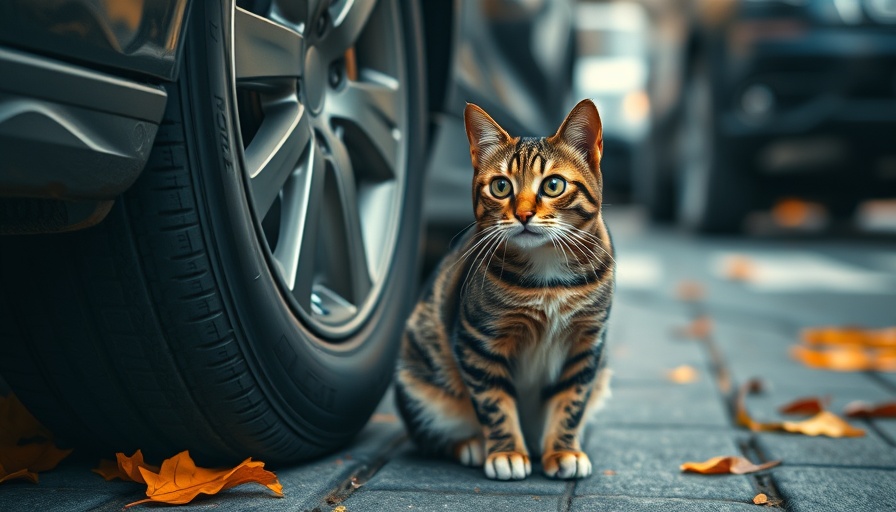
Unlocking Veterinary Mentorship: Your Career's Best Ally
As a pet owner, aspiring veterinarian, or someone keen on pet healthcare, understanding the importance of mentorship in veterinary medicine can enrich your knowledge and skills significantly. Securing the right mentor is a crucial step that can shape your career and enhance your contributions to the veterinary field. But how do you go about asking for mentorship? Let’s explore essential strategies to help you confidently seek guidance from experienced professionals.
Identifying Your Dream Mentor
The first step in mastering the art of asking for veterinary mentorship is identifying your ideal mentor. Reflection on your career aspirations is essential.
- Self-Reflection: Take time to understand your interests. Are you passionate about clinical practice, veterinary research, or animal welfare? This clarity will guide you to mentors whose experiences align with your aspirations.
- Seeking Inspiration: Attend veterinary conferences, engage in online forums, and volunteer alongside veterinarians who inspire you. Observing their daily work can help you pinpoint the qualities you find valuable in a mentor.
Qualities That Make a Great Mentor
Not every experienced veterinarian will make a good mentor. To find someone who suits your needs, look for these key qualities:
- Passion for Teaching: A mentor should have a genuine desire to share knowledge and help you grow.
- Effective Communication: Clear and approachable communication is crucial for a comfortable learning environment.
- Active Listening: They should be genuinely interested in your aspirations, challenges, and ideas.
- Supportiveness: A mentor should believe in your potential and encourage you to grow.
- Realistic Expectations: They should understand your experience level and help set achievable goals.
Approaching a Busy Veterinarian
Veterinary professionals often have hectic schedules. Here’s how to respectfully approach them:
- Respect Their Time: Consider suggesting short, focused virtual meetings instead of lengthy discussions.
- Offer Assistance: Find ways to support them, like helping with research projects or administrative tasks, and demonstrate your dedication.
Building Rapport: A Foundation for Mentorship
Strong mentorship relationships thrive on genuine rapport. Here are ways to build connections before asking:
- Network Strategically: Attend events or join forums that allow you to meet potential mentors casually to learn more about their work.
- Informal Chats: Before formally reaching out, invite potential mentors to coffee or a casual lunch to discuss your aspirations.
Preparing for Your Coffee Meeting
This meeting serves as a two-way interview; it’s important to evaluate how well you connect with the mentor. Consider these questions:
- Did you feel a genuine connection?
- Were they invested in your aspirations and struggles?
- Did they share helpful personal experiences?
Conclusion: Your Next Steps
With these strategies in hand, you're better equipped to approach potential mentors in your veterinary career. Remember, mentorship is a two-way street that involves commitment and respect from both parties. As you embark on this journey, also consider becoming a mentor yourself one day, contributing to the growth of future veterinarians. Whether you aim to improve vet practices or innovate in pet healthcare technology, networking and mentorship are invaluable tools. Start building connections today, and watch your career thrive!
Call to Action: If you're eager to enhance your knowledge and skills in veterinary medicine, begin by reaching out to professionals in your area or online. Your future mentor could be just a conversation away!
 Add Row
Add Row  Add
Add 


Write A Comment